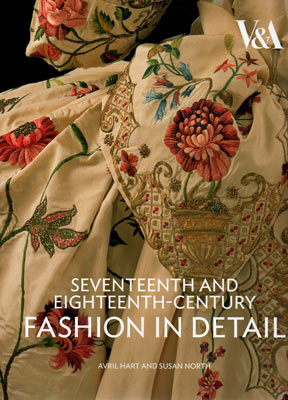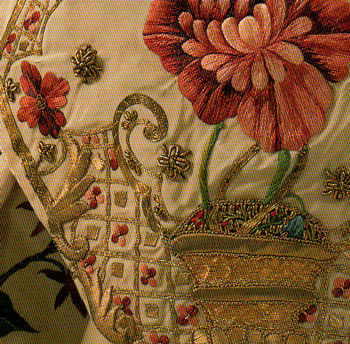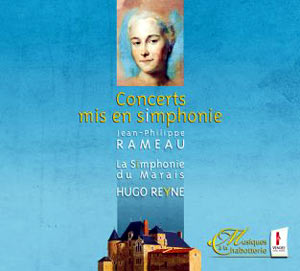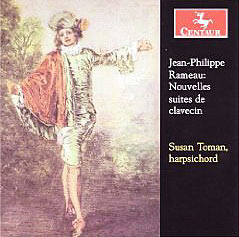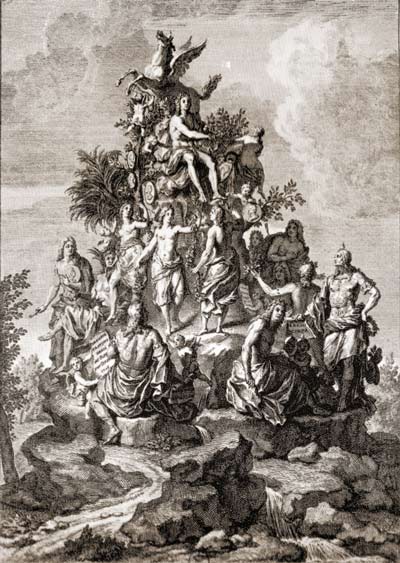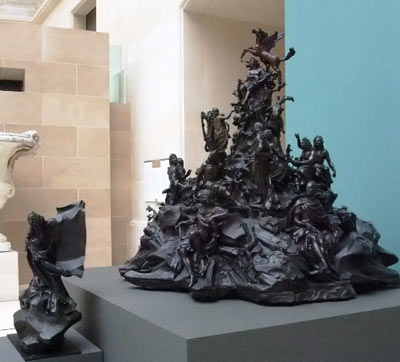Gardens of Versailles - The Maze
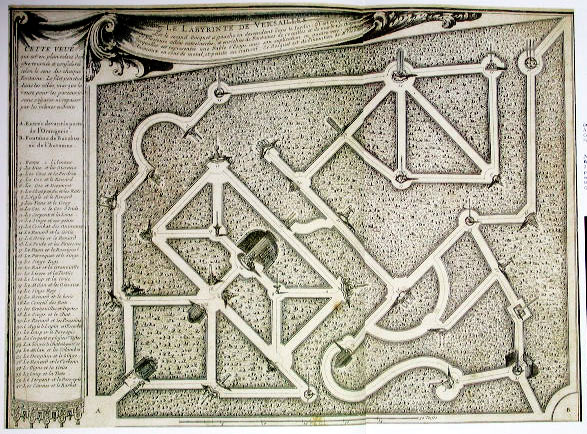
Map of the Maze
The maze was imagined by Le Nôtre, Le Brun, Perrault and La Fontaine, in the years 1660-1661, for the Superintendent of Finance Fouquet. After Fouquet was arrested, Le Nôtre, Le Brun and Perrault were hired by Louis XIV and revived in Versailles some works they had originally planned for Vaux. La Fontaine, who had remained faithful to Fouquet, fell into disgrace.The maze was among the first bosquets designed in Versailles. The works began in 1664, and the fountains, on the theme of Aesop's fables, were installed in the years 1672-1681.
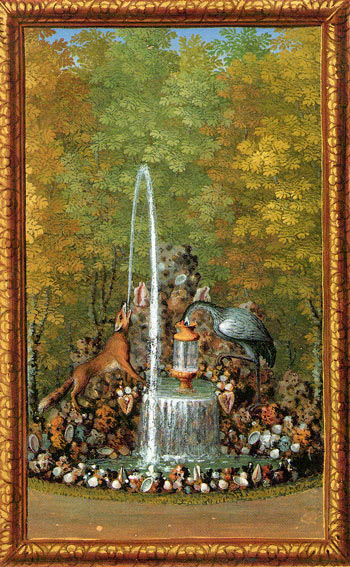
A Fountain : 'The fox and the Crane'
from Jacques Bailly's Le Labyrinthe de Versailles, (ca. 1675)
The sculptures of animals were very realistic. They were made of painted lead, and arranged in graceful compositions. The idea of fountains illustrating the fables is generally attributed to Bossuet, tutor to the dauphin, but, it seems that Le Brun had already proposed them in the time of Fouquet. The fountains were made after models designed by Le Brun, though he was not involved in the new project, which can be seen as an evidence he had designed them for Vaux. As La Fontaine was still persona non grata in Versailles, Benserade composed verses to introduce each fountain.
The verses, in the form of enigmas, were contributing to turn the labyrinth into an allegory for life, and to make of it a moral and initiatic journey where only the "honnête homme" (gentleman) could find the right way - a bit the same as the 'Map of Tenderness', designed by Mademoiselle de Scudéry and published in 1654 in her novel Clélie, was depicting love as the happy end of a hard journey into the land of feelings.
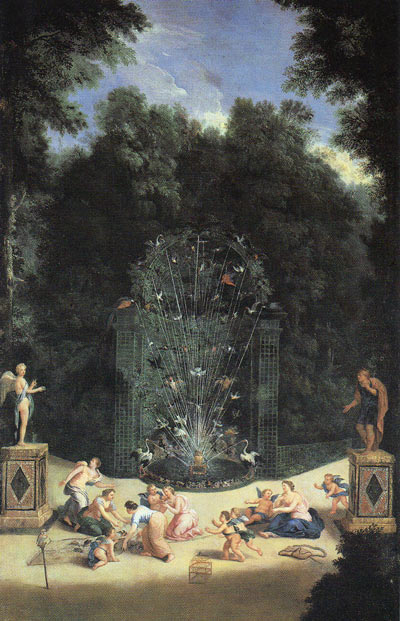
The Entrance to the Labyrinth
by Jean Cotelle dit Le Jeune (1642-1708)
In the middle, the fountain of 'The Owl and the Birds"
Cupid/Love : "Yes, now I can close my eyes and laugh
With that bowl of string I'll know how to find my way"
Aesop : "Love, this weak string could mislead you
The slightest shock could snap it".
The maze didn't survive and was replaced by the Bosquet de la Reine.
Labels: Gardens, Iconography, Sculpture, Symbols, Versailles
 17th & 18th-Century history, arts & music
17th & 18th-Century history, arts & music